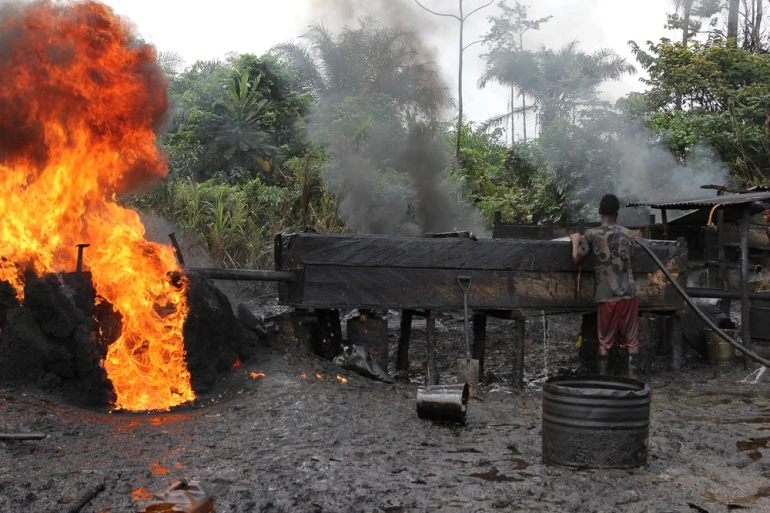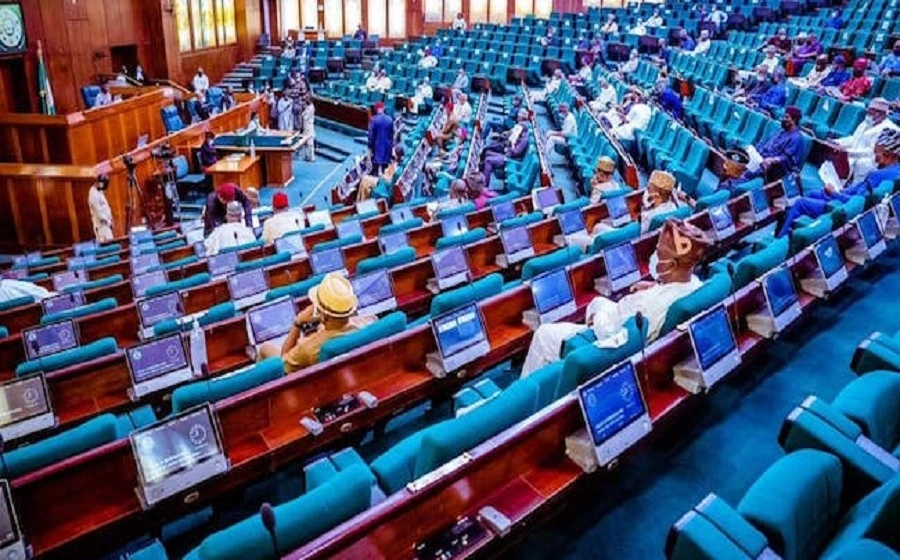Marko Zlonoga: 'During the renovation, it is necessary to include the principles of sustainability and the consideration of emissions and costs in the whole life cycle of the building'
A licensed architect with a degree from the Faculty of Architecture, University of Zagreb.
He worked in several design offices specialising in architectural design and urban planning, primarily on projects emphasising energy efficiency, including low-energy public and residential buildings and energy renovation initiatives. As a certified energy auditor, he conducted energy assessments and issued energy certificates for buildings of various purposes and sizes across Croatia. He also served as a URBACT Ad Hoc Expert within the URBACT interregional cooperation program, focusing on sustainable urban development.
Since joining REGEA (Regional Energy Agency) in 2019, he has been involved in projects at all levels—from local and regional to national and European—covering spatial and urban planning, sustainable buildings, and integrated urban development. As the Head of the Buildings Department at REGEA, he organises and coordinates the department’s work and employee training, plans its development and project activities, and actively participates in the preparation and management of renovation and reconstruction projects for existing buildings as well as the construction of new ones. Additionally, he works on improving and aligning REGEA’s work processes, standards, and guidelines with European Union programs, initiatives, and frameworks for sustainable buildings, including URBACT, the New European Bauhaus, and Level(s).
BUILD UP (BUP): What are the most important factors to consider when planning the sustainable renovation of a building?
MARKO ZLONOGA (MZ): Given that we are moving towards zero-emission buildings, the key factor when preparing investments in the renovation of buildings should be considering it as long-term and comprehensive. For buildings to become energy efficient, it is first necessary to reduce their energy needs by applying high-quality thermal insulation to all parts of the building envelope. A building’s energy needs should then be met through an efficient centralised district heating system, especially in large cities (if it exists) and/or from renewable sources at the location of the building itself. Buildings should be part of a wider energy network, to share energy within their neighbourhood. They are also important as a foundation or platform for energy communities - a model for the inclusion of all citizens in investing and producing energy from renewable sources. During the renovation, it is necessary to include as much as possible the principles of sustainability and the consideration of emissions and costs in the whole life cycle of the building, to use natural, circular materials with a small carbon footprint, and to apply nature-based solutions and generally achieve the climate resistance of the building.
However, the renovation of the building should be comprehensive and include optimal measures to improve the existing condition of the building and, in addition to the energy renovation of the building, include measures for increasing fire safety, indoor environmental quality, measures to improve the fulfilment of the essential requirement of mechanical resistance and stability of the building, especially to increase the seismic resistance of the building, and also include other measures that improve the fulfilment of the essential requirements for the building.
From an organisational perspective, when we talk about renovation, it is very important to carry out the necessary analyses and audits of buildings on time, to have a clear and good overview of all relevant data within the building portfolio, to solve property and legal issues and to create a long-term investment plan so that investments in the buildings can be prepared and implemented on time using available financial sources and instruments.
BUP: How is the recast Energy Performance of Buildings Directive (EPBD) affecting the approach to building renovation?
MZ: The recast EPBD has quite big ambitions, which is understandable in the context of reaching the goals of climate neutrality and will certainly have a significant impact not only on the process of renovation of buildings but also on the process of reconstruction and construction of new buildings, introducing many novelties. However, I believe that the planned approach to building renovation will be difficult to implement in all Member States, especially in Croatia, where most often comprehensive renovations are carried out (or desired/needed because we are in a seismic active area), that include deep or integral renovation with additional measures for improvement of essential requirements for buildings.
In this context, it would be better if, as in the case of residential buildings, savings were being measured as one of the KPIs, and not that all buildings have to be renovated using a ‘step-by-step’ renovation approach. It is also always better to go for incentives rather than fines because incentives motivate citizens to invest in energy renovations. In the context of the actual functioning of the recast EPBD and the monitoring and achievement of the set goals and targets, but also generally strengthening the cohesion and integral approach, the methodology for assessing the energy performance of buildings in all Member States should be standardised (and not that each has its own, as is currently the case) so that energy certificates and KPIs for renovation are comparable at the EU level.
‘It is also always better to go for incentives rather than fines because incentives motivate citizens to invest in energy renovations’
BUP: What challenges and opportunities do you foresee for the future of building renovation in Croatia?
MZ: The challenge and at the same time the opportunity in Croatia comes from the 2020 earthquakes in Northwest Croatia, which made us aware that we must not only perform energy renovation but comprehensive renovation. In this sense, comprehensive renovation is being encouraged and stimulated (by a higher percentage of grants for example) in Croatia. In addition to energy renovation, comprehensive renovation also involves improving essential building requirements to a certain extent. The renovation process presents an opportunity to revitalise the building and extend its lifespan, and that is why it should be comprehensive. It is more advantageous both technically, financially, and operationally to plan and carry out the renovation once but comprehensively (compared to ‘step by step’ renovations). After comprehensive renovation, the result is not only an energy-efficient building but also a more resistant and revitalised building with an extended lifetime and improved comfort and safety for its users.
BUP: What are the major obstacles Croatia faces in scaling sustainable renovation to a large scale?
MZ: Considering the ambitious long-term renovation goals, the challenge is to ensure enough experts in the entire renovation process: designers, contractors, supervising engineers, and others. Investments are needed in the training and education of all stakeholders in the process. The main obstacles considering that we strive for a comprehensive renovation include the fact that the financial expenses that need to be planned for the renovation are higher. In Croatia, we still rely too much on grants, and it is necessary to implement additional financial instruments and sources to encourage greater private capital investment in renovation projects.
From my perspective, large-scale renovation is necessarily connected with what the Renovation Wave strategy calls the ‘Neighbourhood-based approach’. which is still being developed in Croatia, I believe significant progress is also needed across the rest of the EU. Building renovation should be merged as much as possible into the development projects of cities/counties and, for example, initiatives such as the New European Bauhaus should take deeper root at the neighbourhood level as part of broader development investments that transform the places we live into more beautiful, sustainable, and inclusive communities. This approach has many challenges in terms of planning, programming, financing, and organisation. However, in the long run, it delivers greater impact, both in terms of results and visibility.
‘In Croatia, we still rely too heavily on grants, and it is necessary to implement additional financial instruments and sources to encourage greater private capital investment in renovation projects’
BUP: REGEA works on projects at several levels, from local initiatives to European-level projects. What are the advantages, opportunities, and major challenges at each level?
MZ: Through transnational cooperation on numerous EU projects, we continuously refine our work processes, standards, and guidelines—this is both a great advantage and an opportunity —while connecting all necessary stakeholders in the construction process. We actively contribute to removing obstacles at all levels of the construction sector and developing strategic and planning documents related to buildings. At the EU level, we are currently working on the projects CrossCert and SRI-ENACT, which focus on next-generation energy certificates for buildings and smart readiness indicators; MESTRI-CE and CROSS (Croatian One-Stop-Shop), which focus on databases and data on buildings, management systems, renovation and construction standards, financial models, and investment preparation for renovation initiatives; and INHERIT, which is dedicated to buildings with the status of cultural heritage and advanced solutions for their revitalisation and renovation. We are an active official partner of the New European Bauhaus initiative, integrating its principles and values into our work, activities, and projects.
At all levels, the challenge is always how to connect all the necessary stakeholders as efficiently as possible and contribute to an integral and cohesive way of working to increase efficiency in the preparation and implementation of investments in buildings (renovation, reconstruction, and new construction). Buildings are often at the core of investments related to the sustainable urban/rural development of the places we live in – projects that have important additional dimensions – both social and economic.
BUP: How does REGEA support energy retrofitting projects in Croatia? Can you share some of the most significant ones?
MZ: REGEA was founded in 2008 by four counties in Northwest Croatia, including the capital, Zagreb. Since its establishment, we have been providing technical, legal, and financial consultancy to these counties, as well as cities and municipalities, supporting investments in energy efficiency, renewable energy sources, and climate neutrality. In the building sector, we manage or co-manage numerous projects related to energy renovation, reconstruction, and the construction of public buildings—primarily kindergartens, schools, administrative buildings, healthcare facilities, and buildings for sports and cultural activities. There are so many buildings, each of which is special and interesting in its way, as is the process of its renovation and revitalisation. However, one particularly important, complex, and ambitious project for REGEA and Krapina-Zagorje County is the renovation of the Bračak Manor. Twelve years ago, this historic site was in decay. Since 2017, after an extensive renovation and reconstruction project based on the principles of circular management of buildings, a modern energy centre that is a demonstrator of energy efficiency and renewable energy sources and as such meets the energy requirements for the nZEB building.
Our daily work involves preparing Minimum Output Project Specifications, Terms of References for the development of design documentation, followed by consultation, design review, and overall support throughout the entire process—from planning and preparation to project implementation and completion on-site. At this moment, we are involved in the activities on more than 100 buildings, whose projects are in various stages of realisation using financing from multiple sources, including ELENA technical assistance, EIB loans, national RRF programs, and other EU funding mechanisms.
Themes
Building Renovation
Nearly zero-energy buildings
Financial support for energy efficiency in buildings, research and innovation
Energy efficiency technologies and solutions
Green Building Solutions











